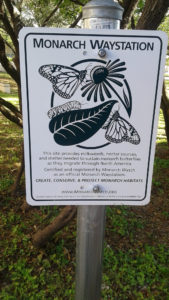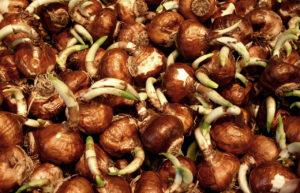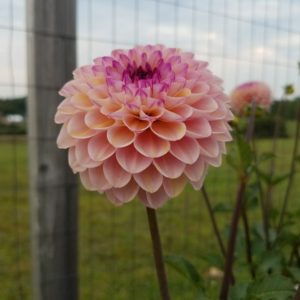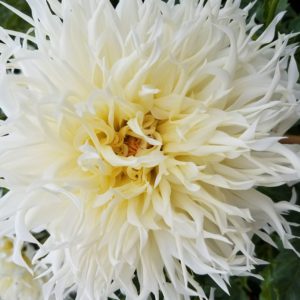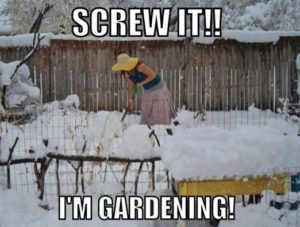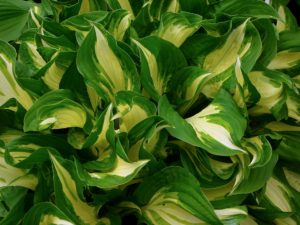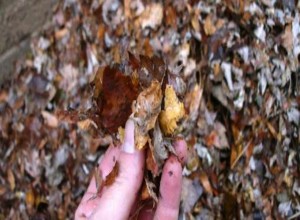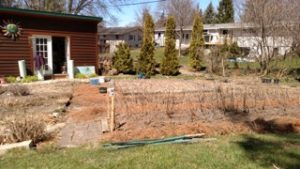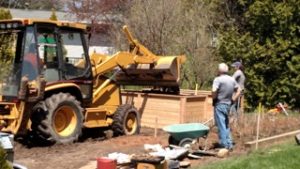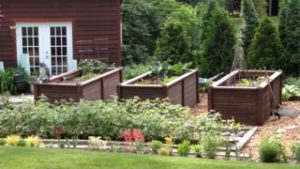Contents (Click on a title or scroll)
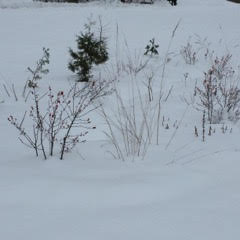
Winter interest, photo by AMG Cheryl Gross
Winter Interest in the Garden
by Cheryl Gross, Advanced Master Gardener
As a whole, gardeners LOVE their flowers. From late spring to early fall in northern Michigan we eagerly anticipate, enjoy and finally ‘tidy-up’ after our perennial gardens. Generously, that provides 4 months of interest. There are 12 months in a year and for eight long months a flower garden is generally blah. Blah, blah, blah.
But it doesn’t have to be that way. Now is the time to gaze at your garden under the snow and plan for a livelier, interesting winter garden showplace.
An effective garden design begins with structure. One focal point shrub or small tree may be all that is needed in a small garden to give it eye-popping interest. In a larger space, consider a small tree and shrubs. Draw the garden space on graph paper and place a woody plant where it provides interest from all viewing sites. Often, it is near the center of the bed or off to a background edge. Keeping things in odd numbers is an easy rule of thumb; one specimen tree with three shrubs. Consider scale, such as expected height and width of the woody plant and response to pruning. Then consider shape. Will a single trunk small tree suit the garden style or a multi trunk? Single trunk appears more formal, while multi trunk appears less formal…even with the same species. Would vase-shape or globe shape fit your idea of beauty. Finally, consider the branch. A red twig dogwood is just that… RED! Having red stems contrast with white snow for four months of the year is as good as a blossom. The peeling bark of the vase-shaped nine bark gives a different, interesting ‘look’. While at study for woody shrubs and small trees, make note of bloom time and color. Many of these plants also add a nectar source for pollinators and butterflies, a larval host for caterpillars and a berry for birds.
Another structural feature to have in a garden is hardscape. A low stone wall, cluster of large boulders, an arbor or plant support of some kind left out all season adds interest to a flat landscape. Some of these items may actually be lost in a summer garden, such as a large chunk of driftwood, only to reappear after plant dieback.
Once the garden structure is in place, move on to perennials. Which perennials in the garden have stiff stems to withstand winter weather? Purple coneflower, Iron Weed, Butterfly Weed and Penstemon come to mind. While still ‘dead’, the stems provide a place for your eye to scan or land when gazing at the garden. The sturdy stems provide a reminder that under the frost and deep snow a beautiful flowering plant sleeps. Additionally, some of these spent flower heads offer nutritious seeds for birds, especially the purple coneflower or sunflower family.
Finally, many of the clump forming grasses produce gorgeous seed heads. The tall Indian Grass blooms yellow in August and stands tall through the winter, waving with the strong winds. Shorter grasses such as Little Blue Stem and Prairie Dropseed keep their seed heads through the early winter season and end as mounds under the snow. On a slope, these mounds evoke a miniature mogul ski run.
A final word on winter interest in the garden addresses fall clean-up. In other words, don’t bother. Leaving stems and fallen plants in the garden provides insect and critter habitat crucial to their survival. These mounds and stems also provide us a vision of a garden hibernating awaiting the first thin rays of spring sun to melt the snow and send up bright spring shoots ahead of the summer flowers.
List of Plants for Winter Interest:
Serviceberry, Amelanchier laevis. Offers an arching, vase shape.
Red osier dogwood, Cornus stolonifera Red-barked stems/branches.
Winterberry, Ilex verticillata. Red-orange berries.
Ninebark, Physocarpus opulifolius. Arching branch form with shaggy bark on older stems.
Highbush Cranberry, Viburnum trilobum. Tall, rounded shape with big, red berries that persist through winter to be an early spring food for birds.
Butterfly weed, Asclepias tuberosa. Stiff stems with seed pods.
Purple coneflower, Echinacea purpurea. Stiff stems and bird-preferred seed heads.
Foxglove beardtongue, Penstemon digitalis. Stiff stems.
Iron weed, Vernonia fasciculata. Tall, stiff stem with a flat, umbrel seed head.
Culver’s Root, Veronicastrum virginicum. Stiff stems, seed heads resemble trident-like forks.
Little Blue Stem, Schizachyrium scoparium. Feathery seed heads in early winter, mound in deep winter.
Indian Grass, Sorghastrum nutans. Tall, fluffy seed heads.

Amaryllis, photo by AMG Michele Worden
Amaryllis – The Gift that Keeps Giving
by Michele Worden, Advanced Master Gardener
As I enter the growing area in my garage, I see that one of my eleven potted amaryllis bulbs is about to flower. I like to maintain these plants under the grow lights in my garage to keep them short until close to blooming. Now is time, though, to take this one precocious bulb inside so it can shine!
A good time to buy amaryllis bulbs is after Christmas. You will see them on sale everywhere. I usually can’t resist. Amaryllis is a tender perennial bulb. You can keep it forever and with benign neglect (or minimal care) it will rebloom for years.
When you first get a bulb or a bulb in a kit, you want to plant the bulb in pre-moistened soil in a pot that fits tightly – no more than a one-inch space between the bulb and the pot. The roots like to be crowded. The bulb should sit up in the pot, only half covered with soil.
Put your newly planted bulb in a warm dark place until the lone flower stalk starts to emerge. I usually put it in a dark corner of my house on top of a floor heating vent. Do not water again until the flower stalk starts to emerge.
When it blooms you many need to tie it to a stake if it gets too leggy. I try to put it in a sunny area of my living room under the sky lights. Sometimes the plant will send up another flower stalk and extend the indoor blooming. Blooms last a couple weeks, though some types develop more than one flower on a stalk like a lily and can last a month or more.
After it blooms, it will produce several long thin green leaves. Just keep it watered and lightly fertilized like any house plant. In the summer I put them on my deck in bright but not really direct sunlight. Towards fall I try to remember to stop watering it and let it dry out so that it can go dormant. In a good year I remember to take It inside my garage early enough (August or September) to rebloom for Christmas time. Otherwise, I just take it indoors with the other plants in mid-October and plan to enjoy it over the winter.
Amaryllis needs about three months of a dark, dry dormancy to rebloom. I put the pots in my garage (kept at 50-60 degrees F) in a dark corner in a brown paper grocery bag. I tuck the bags in out of the way corners, and try to remember to check on them occasionally. I have heard people also put them inside in closets.
This year my resolution is to not forget about them. Last May I noticed a long pale ghostly white flower stalk peeking out of the top of a bag in the corner of the garage. It was a full-size amaryllis that had grown in darkness in the bag! I quickly checked all my bulbs. Some had bloomed in the bags…LOL. Luckily, the green returned to the white stalks when I moved then into the light, and we enjoyed the leggy flowers in late May. Still beautiful, if a tab unseasonal. Happily, this year I actually have some ready to go for Christmas!
But I will still probably buy more after Christmas.

“The Reason for Flowers”, photo by MG Nancy Denison
Book Review — The Reason for Flowers
by Nancy Denison, Advanced Master Gardener
Have you read the book, The Reason for Flowers by Stephen Buchmann? I found it at a local bookstore, on sale, and thought it might be a good addition to my small collection of gardening /plant books. It was published by Scribner, in 2015, and authored by a pollination ecologist, entomologist and adjunct professor at the University of Arizona. He previously published, The Forgotten Pollinator and Honey Bees: Letters From the Hive.
The Reason for Flowers is organized into five sections, each with two or three chapters combining historical facts and everyday examples in an easy to read and interesting style.
Part One, entitled “Sexuality and Origins,” explains how flowers evolved from small leaves bunched together at the stem tip to losing their green color and developing petal and bract structures over time. Buchmann likens flowers to “cafes and rest stops,” offering pollinators a wealth of four types of food: nectar, pollen, floral oils and the edible body tissues of some.
Part Two—”Growing, Breeding and Selling” tells of the history of ornamental gardens including flowers, topiaries, obelisks, figurines and more. Flowers were used for burials and funerals dating back to Neanderthals, as well as for research and breeding from Asia to Europe and the Americas. Today we can get our cut flowers from a small florist to a big box warehouse. Not too long ago, California was the mainstay for the cut flower industry. However, Columbia, Ecuador and Costa Rica with their rich soil, constant climate and 12 hours of daylight all year, are now the largest producers of flowers for our markets.
“Foods, Flavors and Scents” takes on how we eat the flowers of plants such as broccoli, cauliflower and artichokes and the importance of knowing what plants are non- edible. The information on saffron, cloves and honey adds to the awareness of how all things in nature are so interconnected. The chapter describing the ancient use of flower or plant oil for fragrance begins with the Arabs prior to the 10th century when they learned how to distill fragrance from fresh flowers creating the first rose water. The use of flower oils and essences for our wellbeing is as strong as ever today.
Part Four’s chapters offers some history of the secret language of meaning in giving and receiving flowers and how all cultures have used flowers as the subject of poems, stories, myths and art, from the early Sumerians to the Grimm Brothers versions of the French and German fairy tales to the landscape paintings by early Asian cultures.
Lastly, “Flowers in the Service of Science and Medicine” explains how the scientific study of flowers has changed how we see our world. Linnaeus, Mendel and Darwin among many others, brought to light how plants regenerate, travel from one part of the world to another, can be modified, provide food, shelter and cures for simple and serious ailments. Simply put, we need nature and nature needs us!
The book closes with appendices on flower statistics, recipes, how to care for cut flowers and online resources for conservation organizations.
Sometimes a book just pops out at you and you discover it is just what you need!






